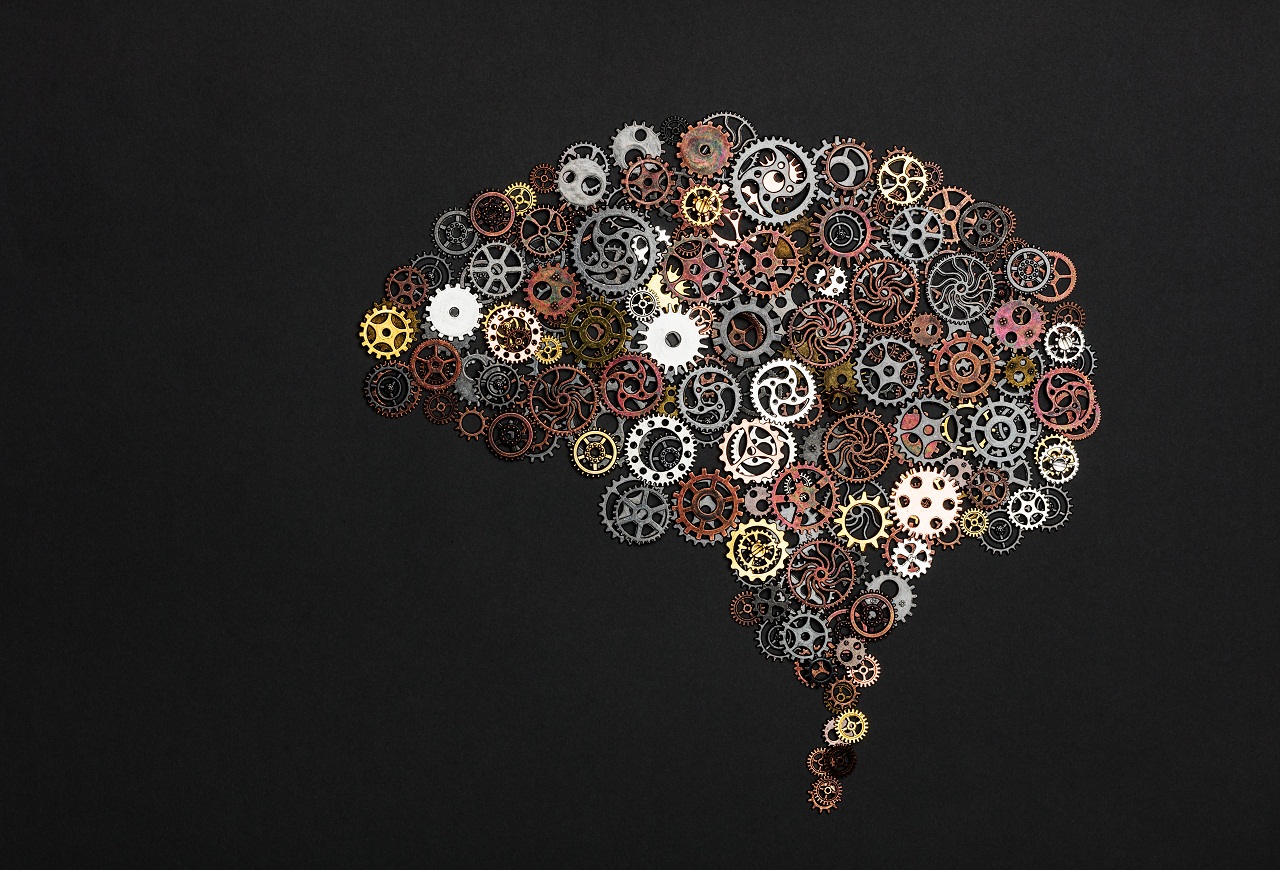When I was in college, (quite a few years back!), I had a class mate, who used to study while listening to loud music. After repeated requests, he bought a pair of headphones to the relief of his roommate and others in the dormitory.
Another one had a habit of informally discussing a subject on the eve of the exam. So, he would walk over to anyone’s room and start chatting playfully about the subject, till he would be thrown out by the exasperated victim. (who would be busy studying for the exam).
I still recollect, both would usually score well in their exams. I used to wonder at their unique “exam strategy” and what made it work.
These are not isolated incidents and I presume most would have such stories to relate about people they know (or even themselves!).
Today, Neuroscience seems to be revealing answers to how an Adult’s brain learns, and some logic to such quirky learning methods. This has evolved into the area of NeuroEducation.
What is NeuroEducation ? It’s an attempt to co relate the process of learning with biological changes in the brain. This understanding could be used to structure more effective learning methods.
Teaching has largely been seen as an Art rather than a Science (though the Jury is still out on this topic), but now Neuroeducation has started linking it to the science of neurons, synapses and lobes of the brain.
Though Neuroeducation has relevance for learning from the age of 2 months onwards, seems that Adult learning would be significantly impacted by the new theories of how the brain works.
Some interesting areas, where Adult learning might change for the better, are as below:
- Create an optimal “urge to learn”: The brain seems to have the highest receptivity to learning in an optimal “state of arousal”, which has the excitement of learning something new, without any fear or anxiety. Most of us would fondly remember teachers, who would artfully create a “safe environment” in the class with their body language and approach, while building positive curiosity about the subject.
- Sharing experiences : Adults come to a learning environment with years of experience. Co relating that experience with the new learning supposedly “lights up” multiple areas of the brain for deeper understanding, building wisdom and an intuitive feel of the subject. The brain is more actively learning when there is a dialogue /discussion, with differing points of view and interpretations. The concept of “flipped classrooms” seems to be leveraging this aspect. ( where the main subject is studied as prework by the students, and during the class, there are discussions /dialogue ).
- Feeling the emotions : Emotions can strongly anchor the learning for a student. For any learning, when there is a disconnect between the logic and emotional parts of the brain, there has been noticed a lack of sound judgement, insight or behavior. Usually, narratives or stories can help the student to build the context and relate emotionally to the subject.
- Keeping healthy : The brain’s learning capacity is seemingly impacted by the health of the body. A well rested, hydrated and healthy person’s brain responds faster to ideas, interpretations and learning. ( May force us to rethink the late night party before a classroom training).
In 2001, Sir Arthur C Clarke, the celebrated science fiction writer, had predicted that by 2025, Neurology would have mapped the whole brain and scientists would have invented the “ brain cap”, which could be fixed on the head, sending information/learning directly to the brain, without the need of sight, sound or touch. (Also creating a huge market for wigs !) .
Seems we are still a long way from the ‘brain cap”, and till then Neuroeducation could support the efforts to develop more effective Adult learning processes.
Look forward to feedback and comments!


Post a comment